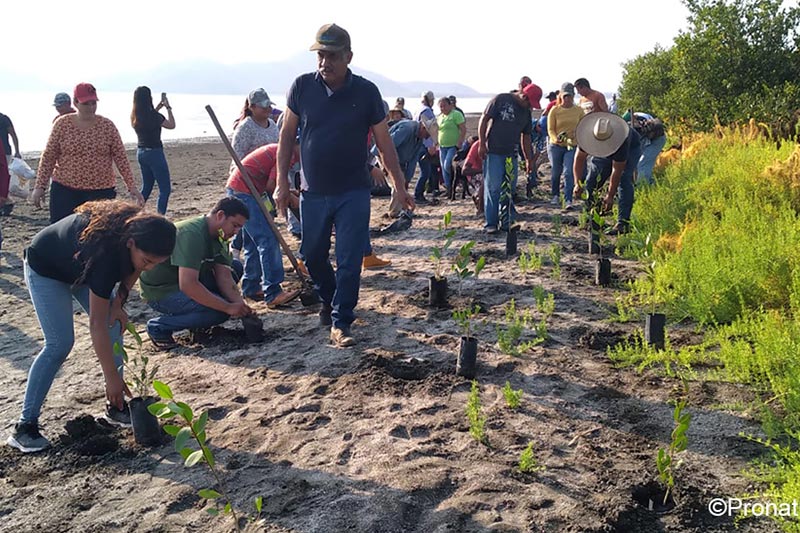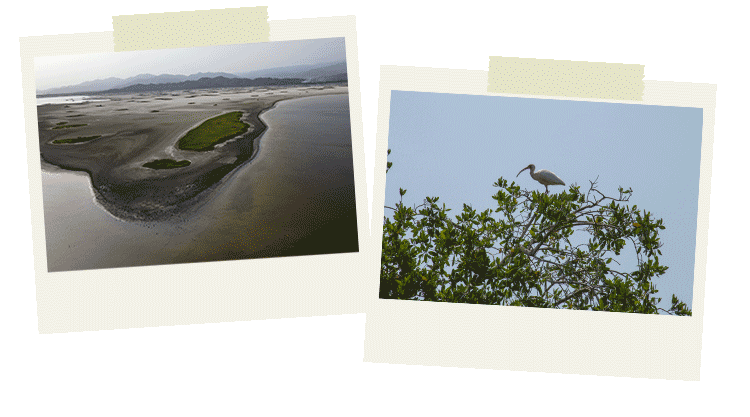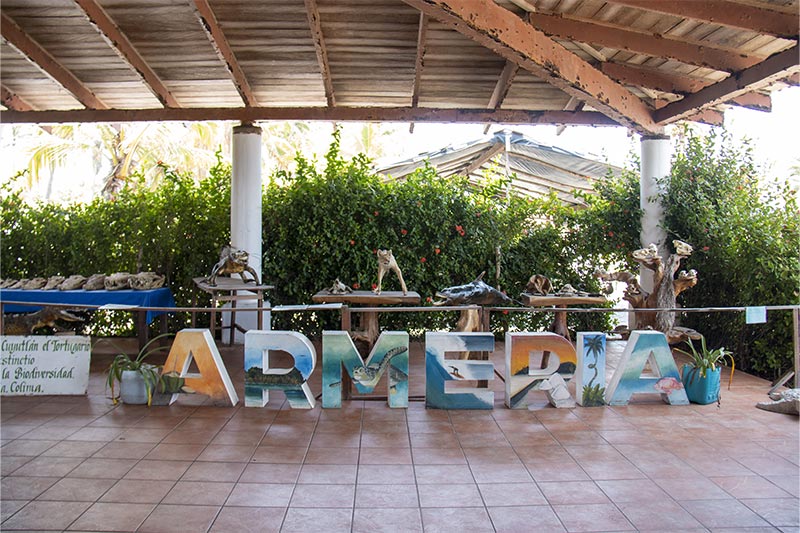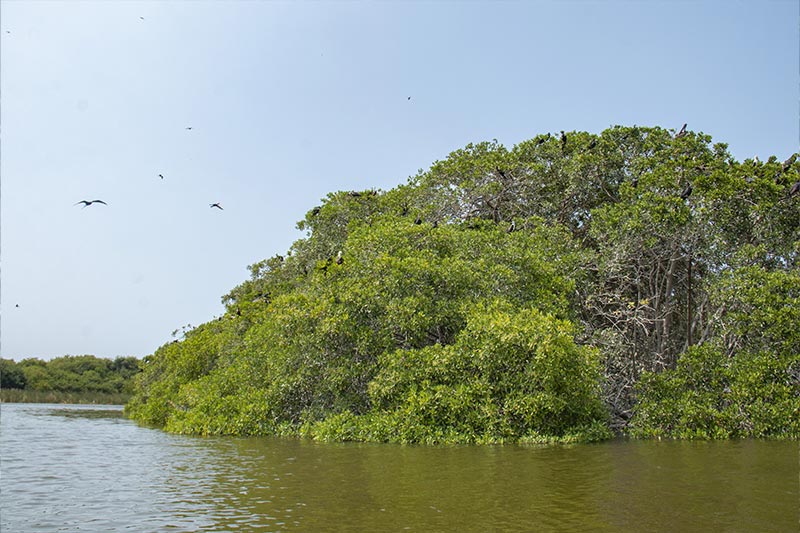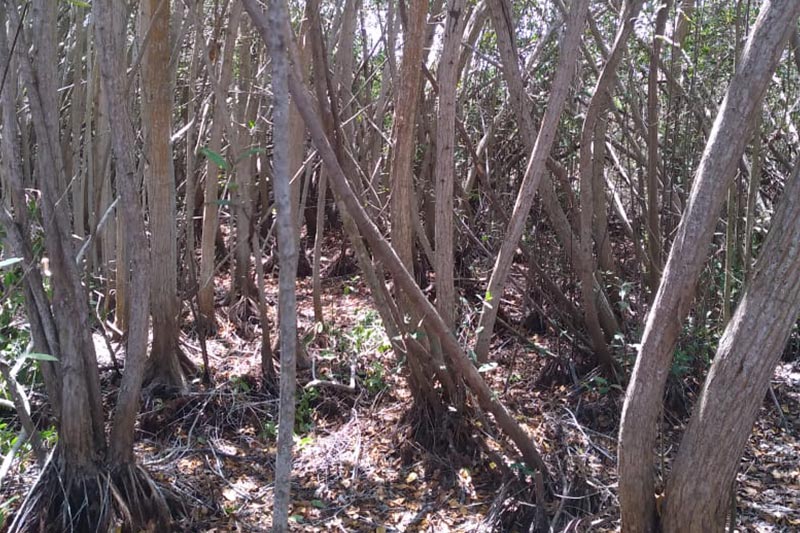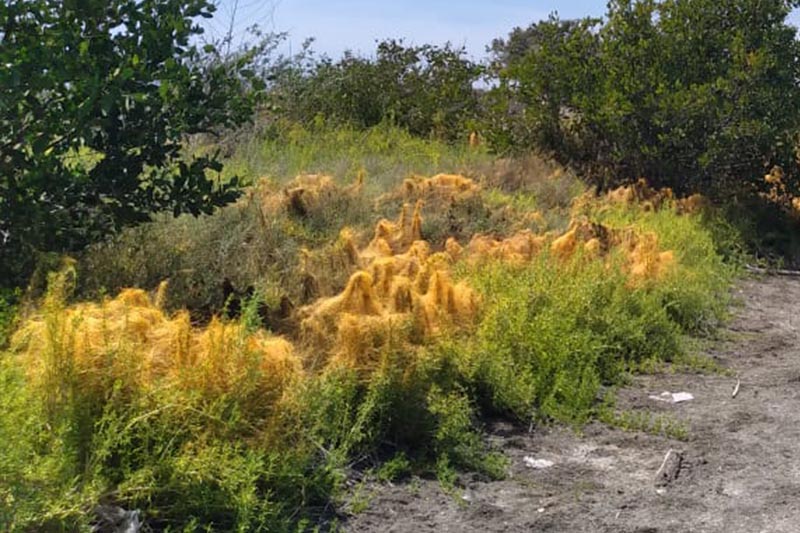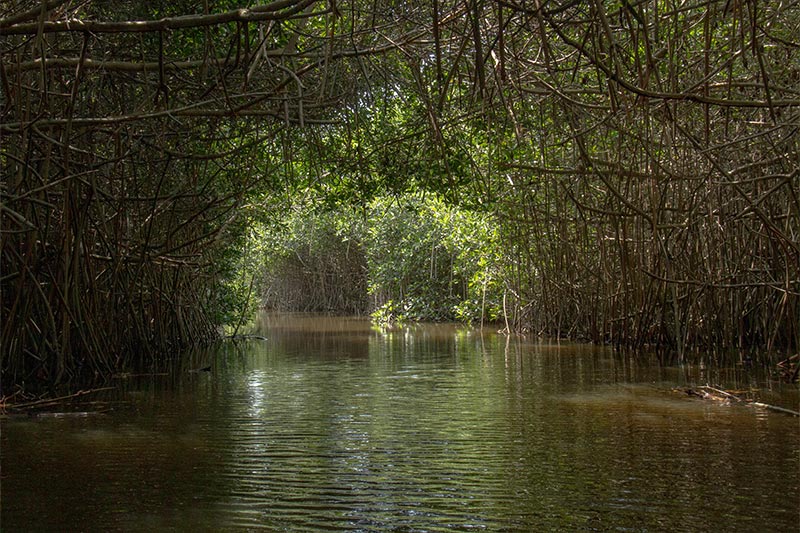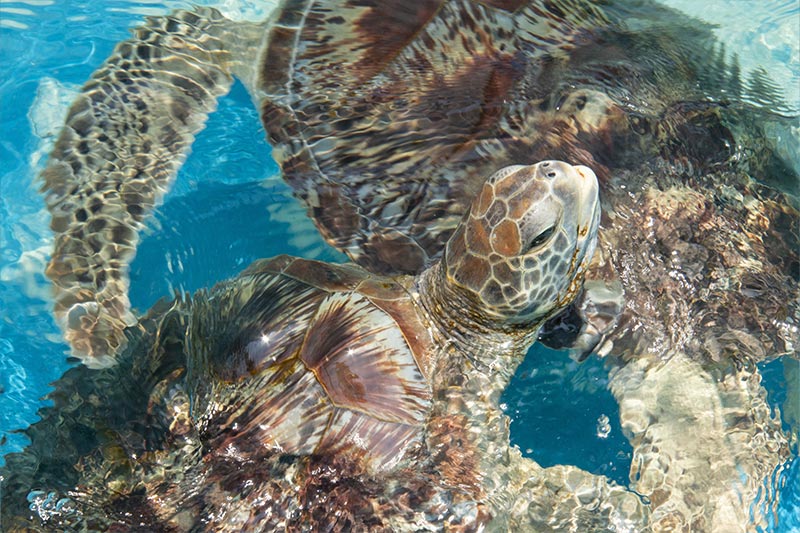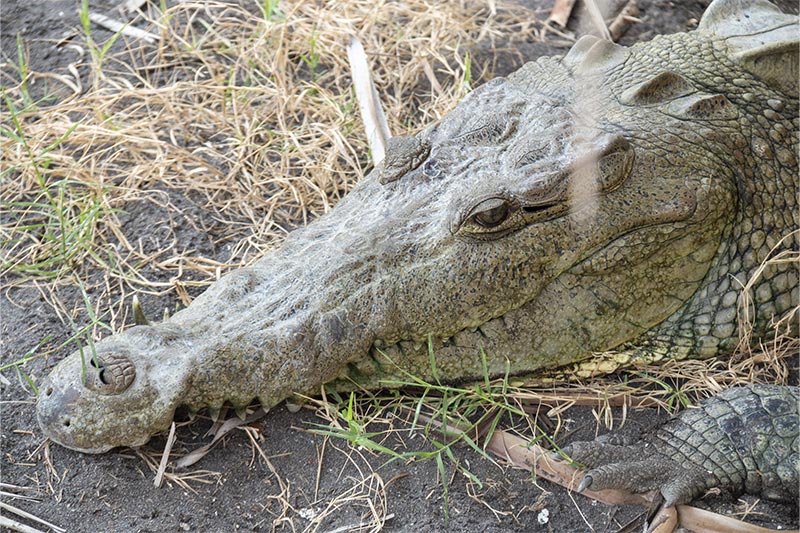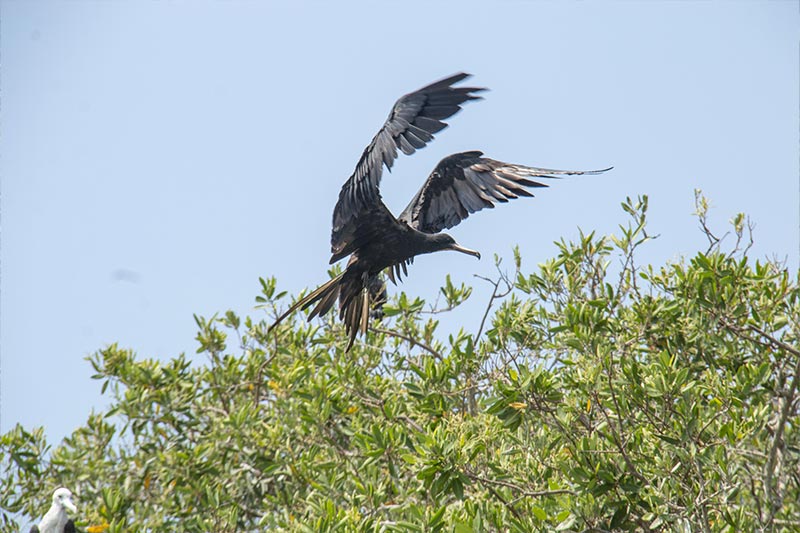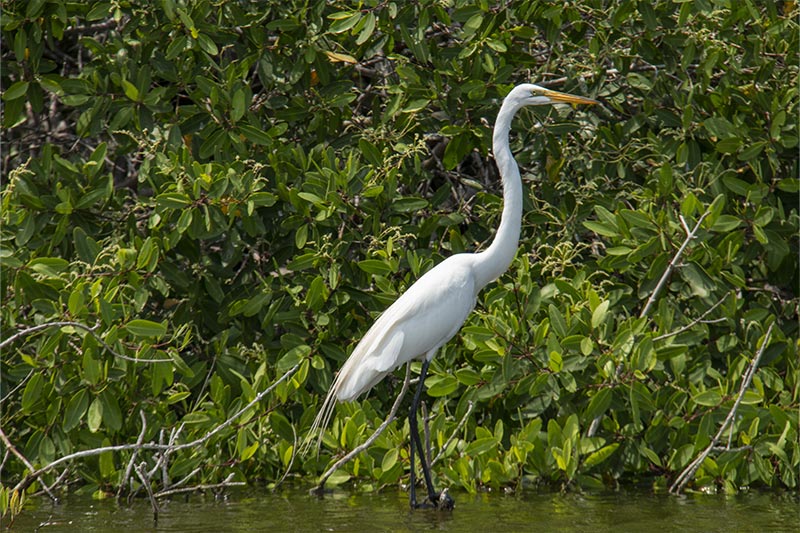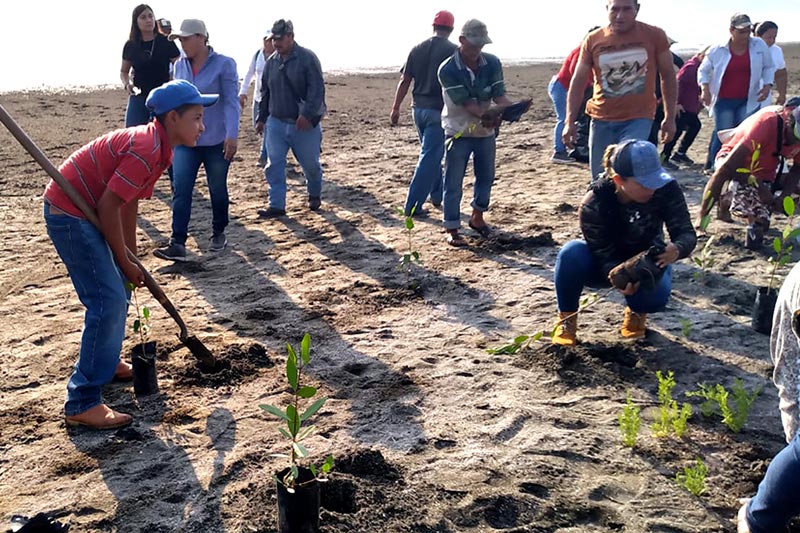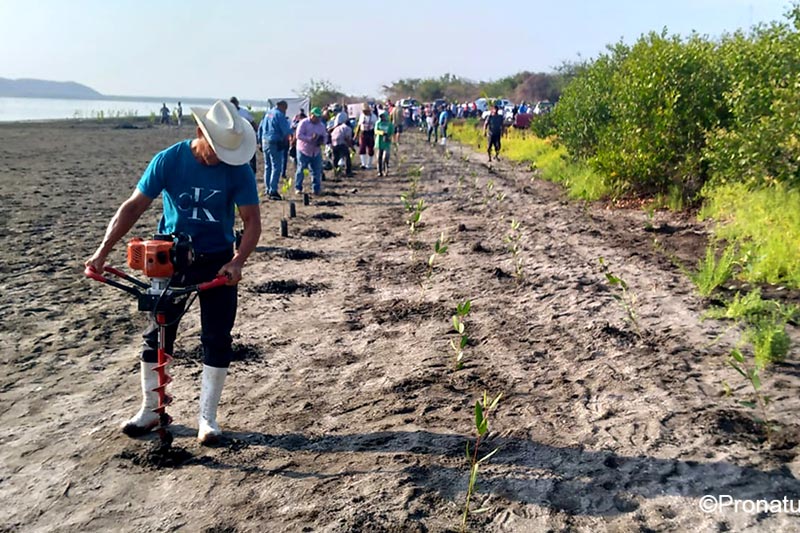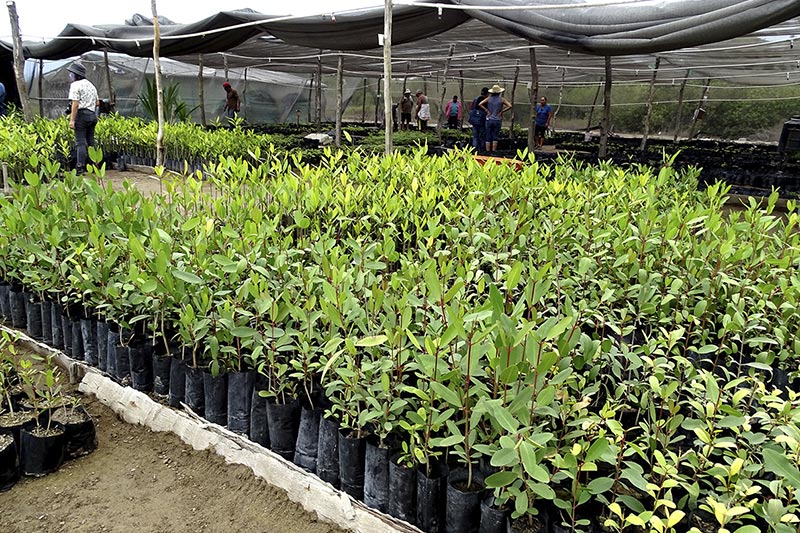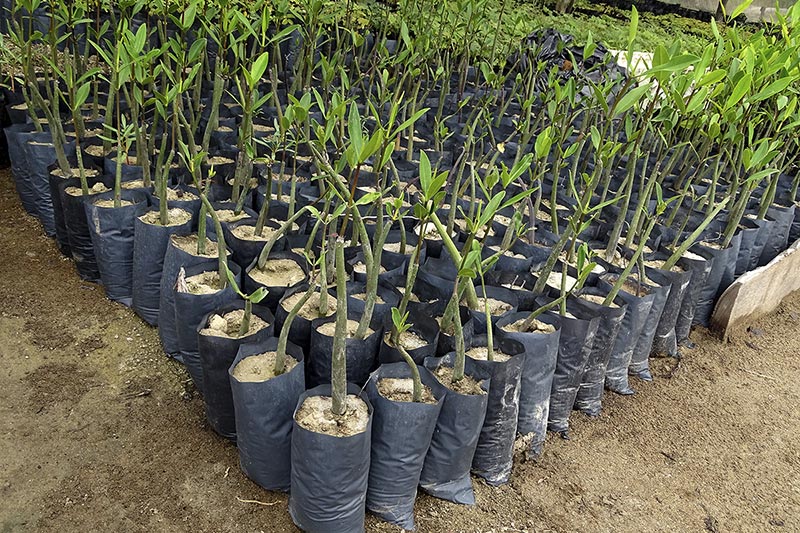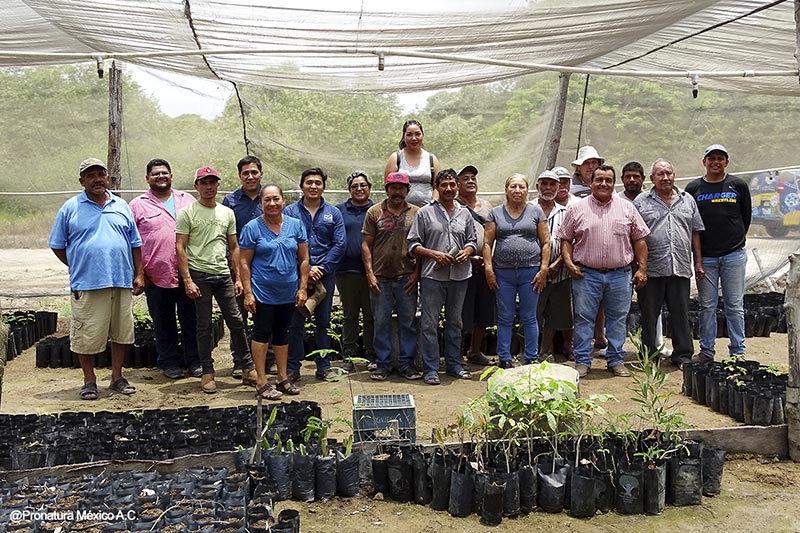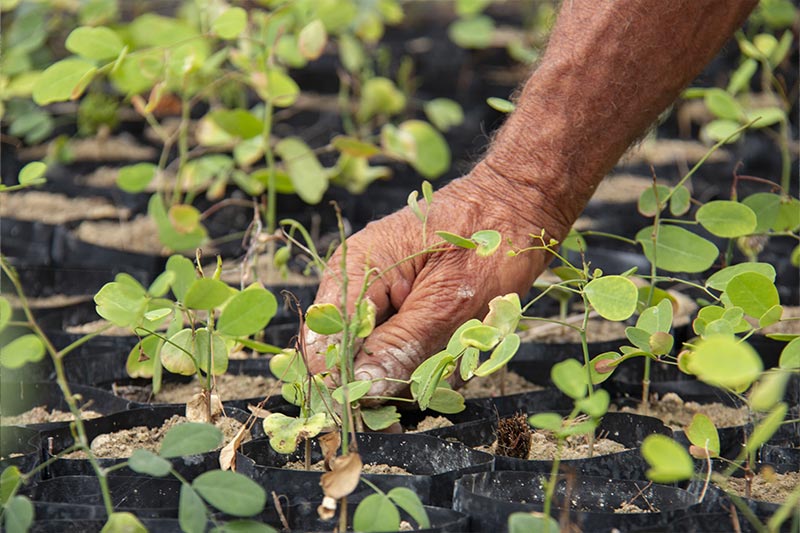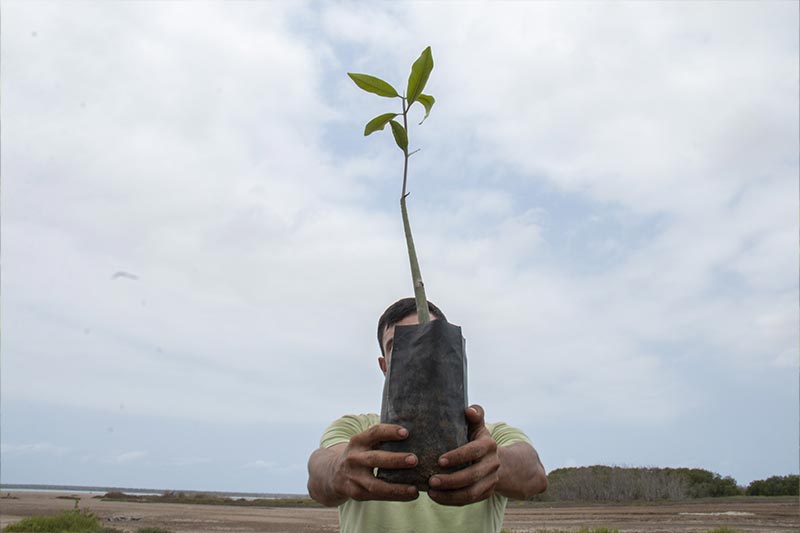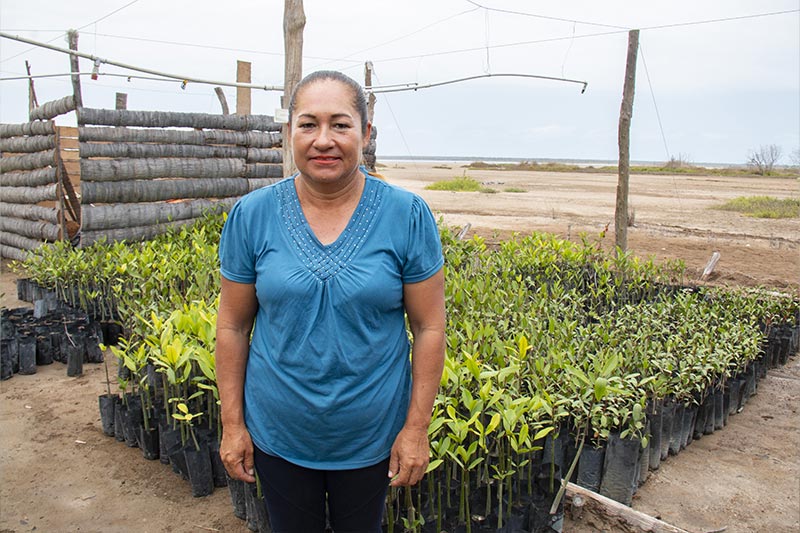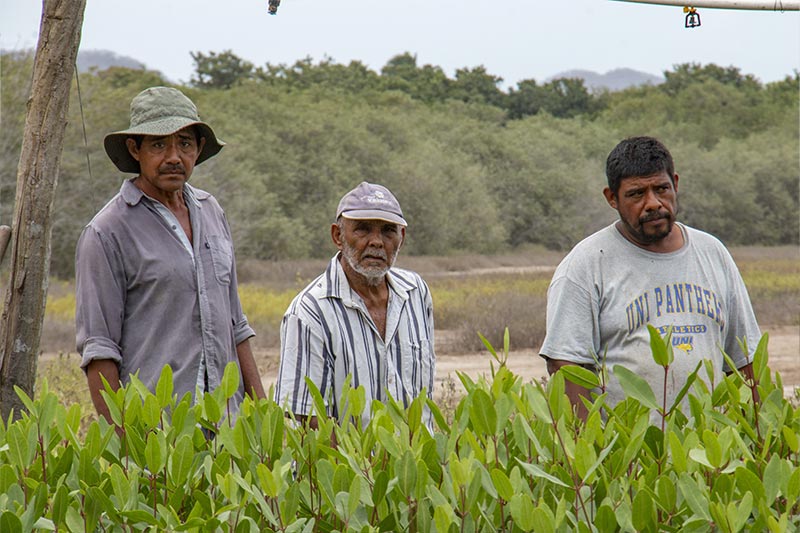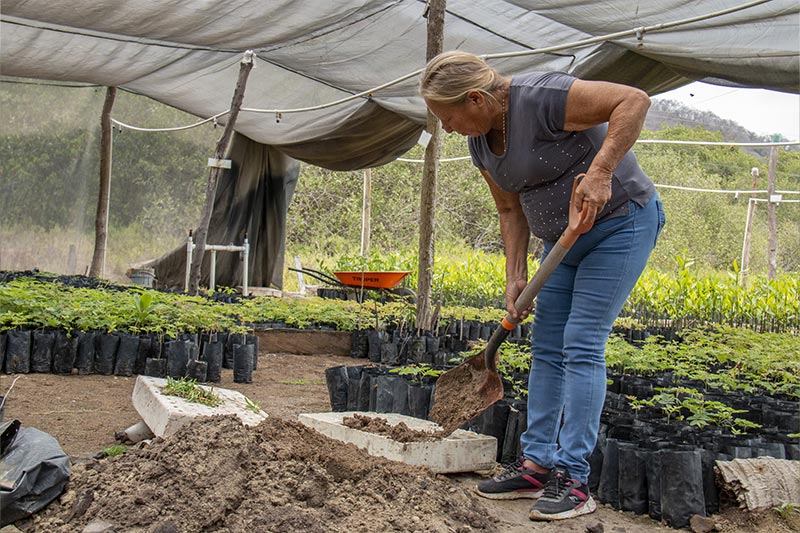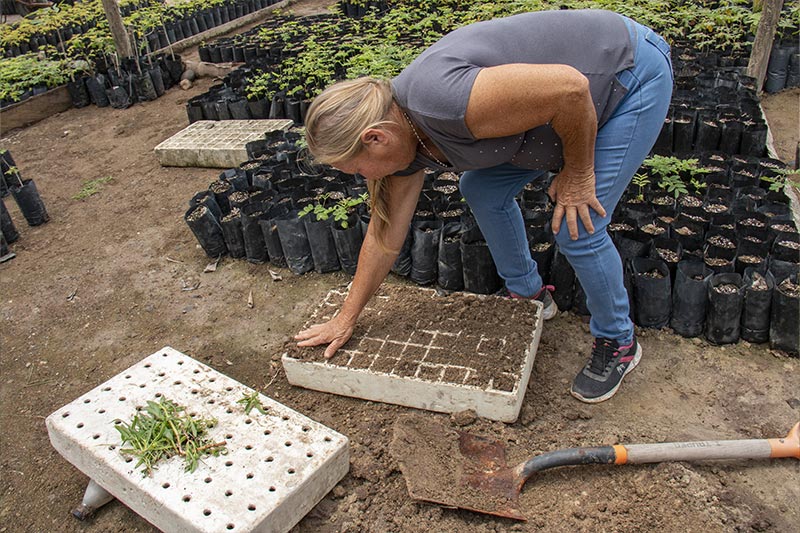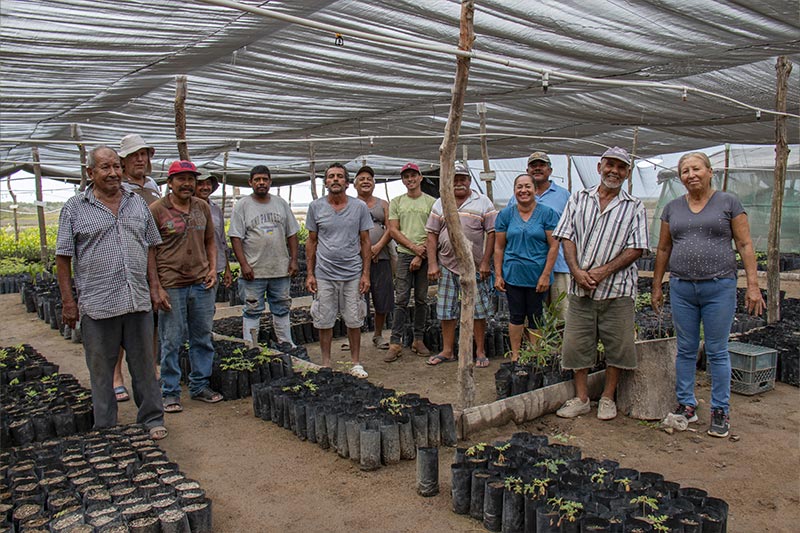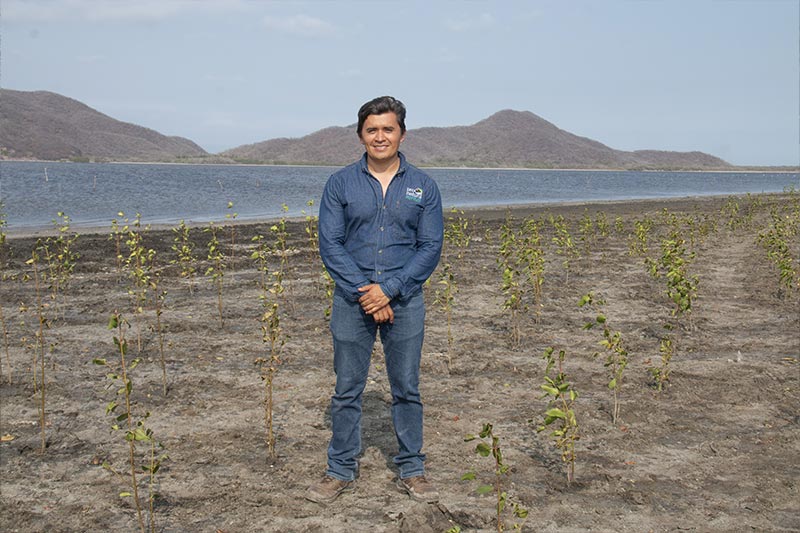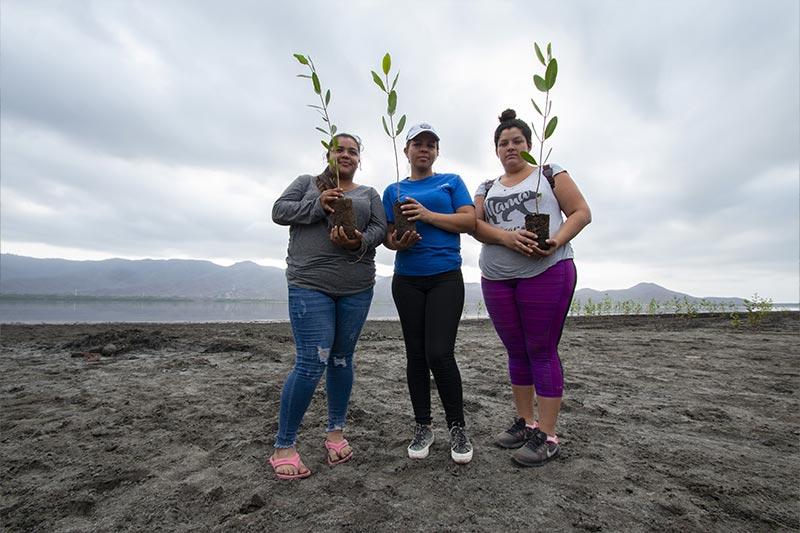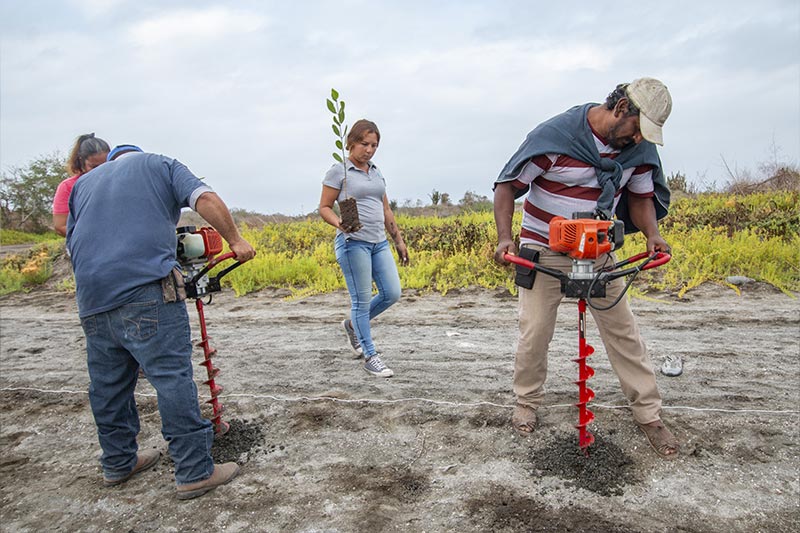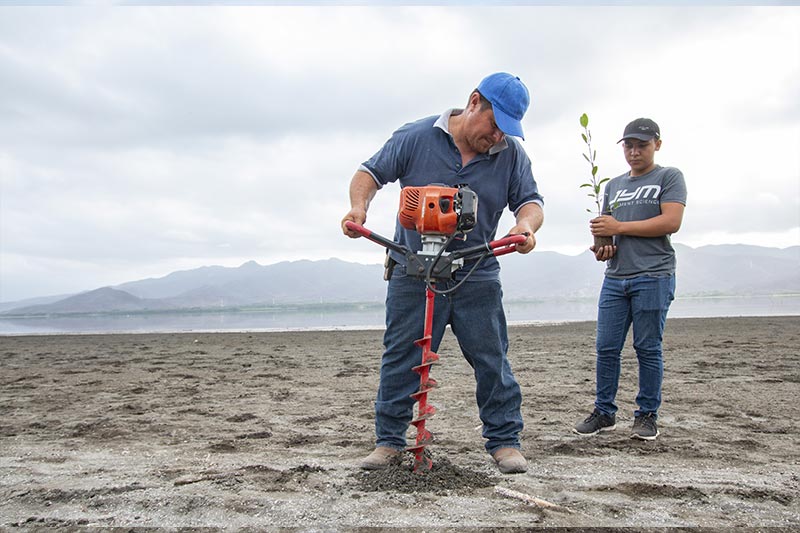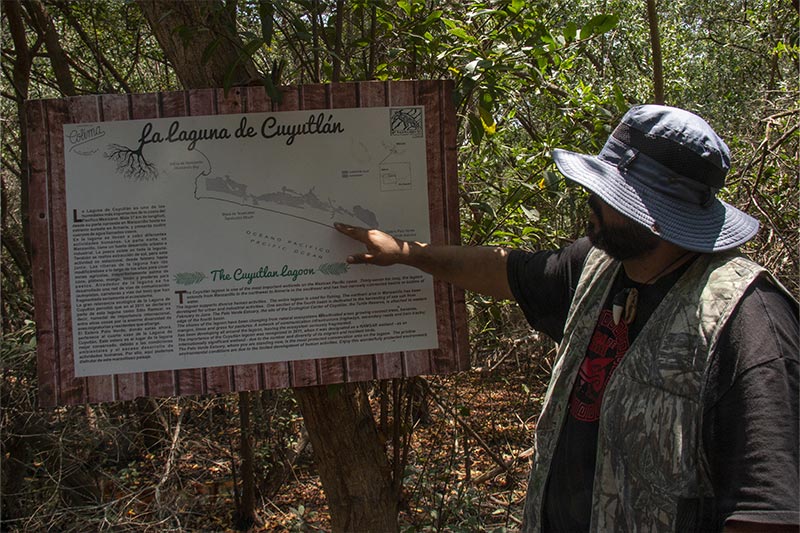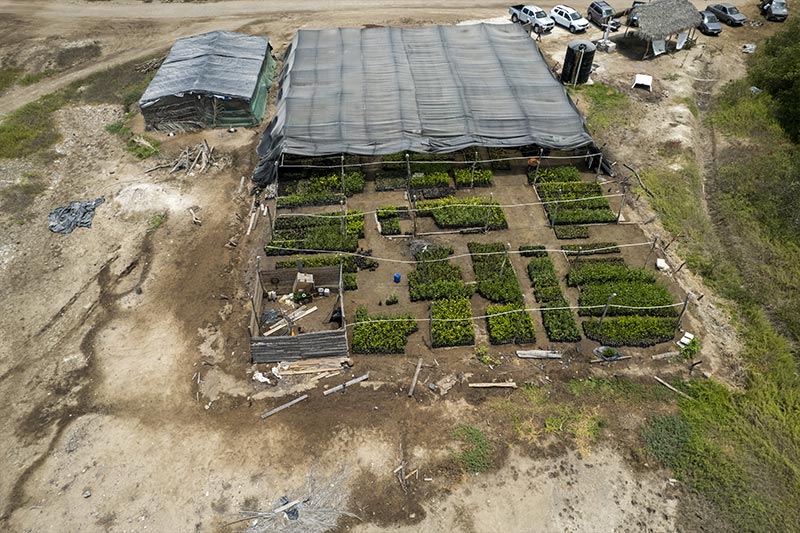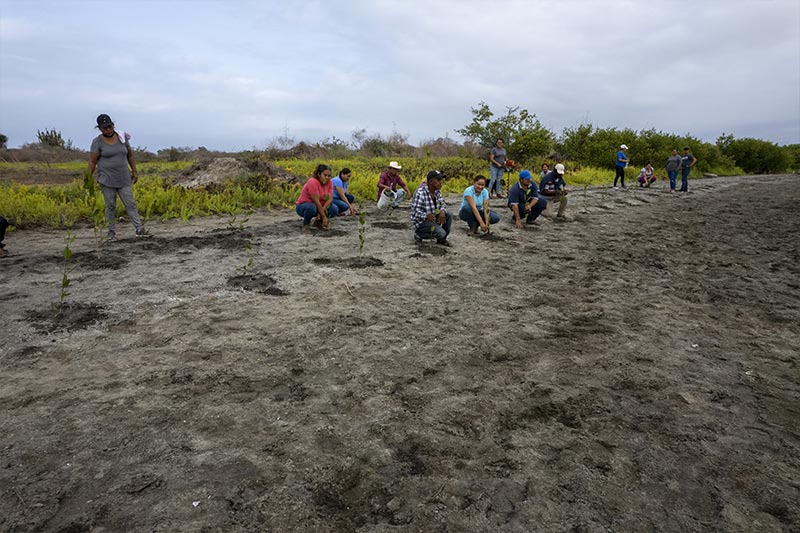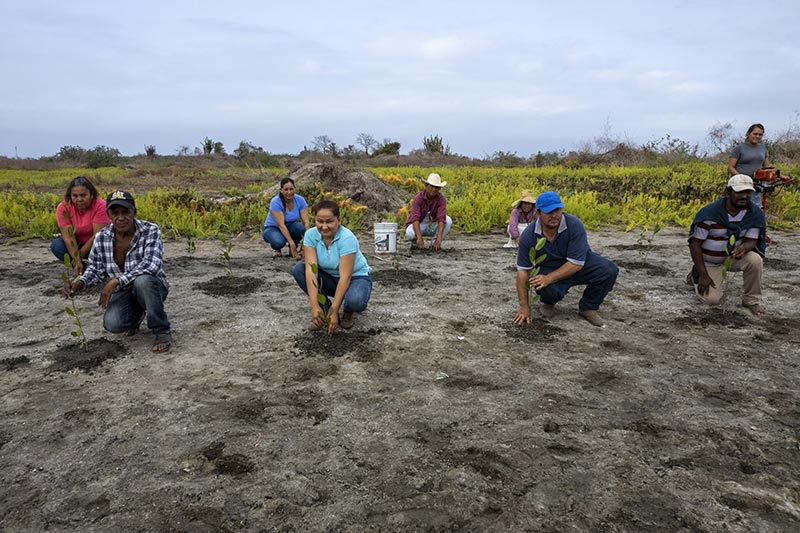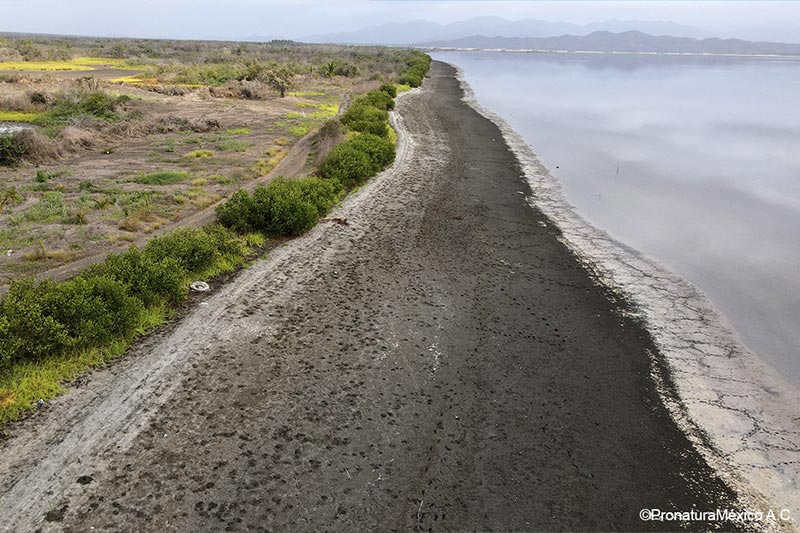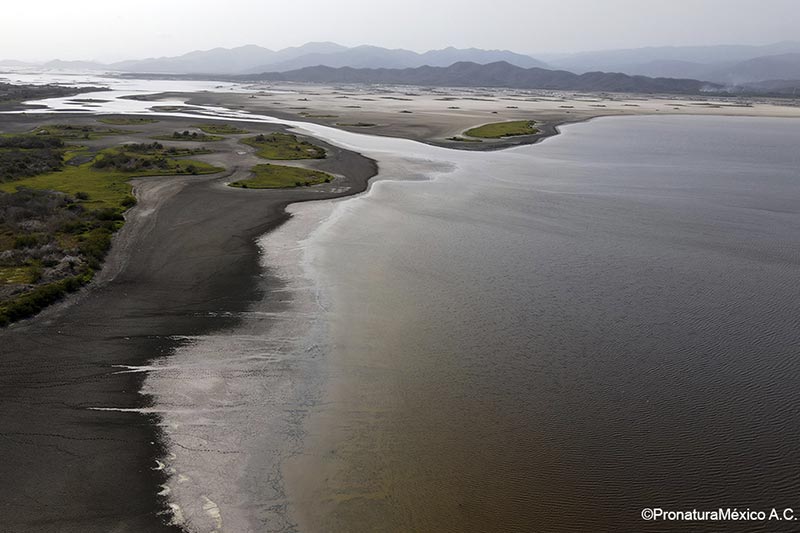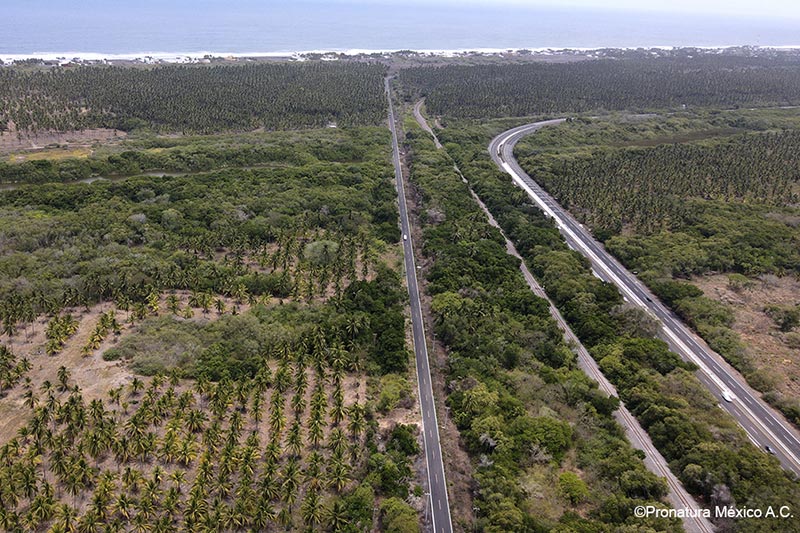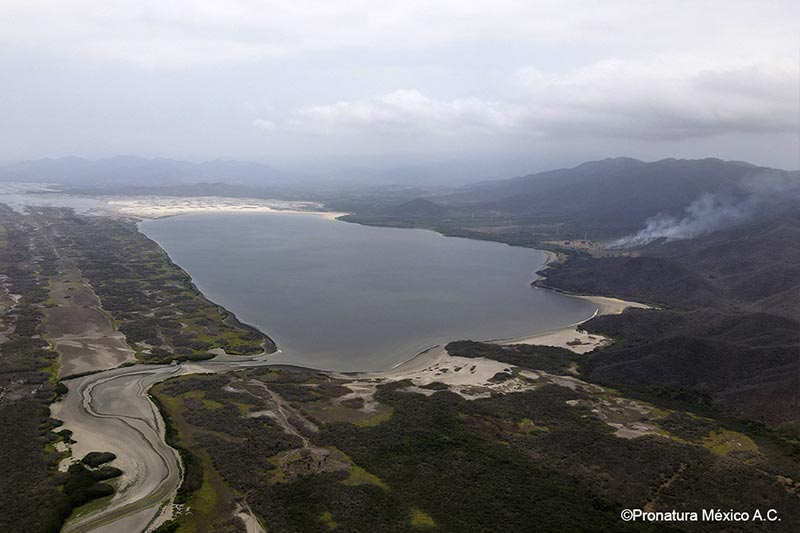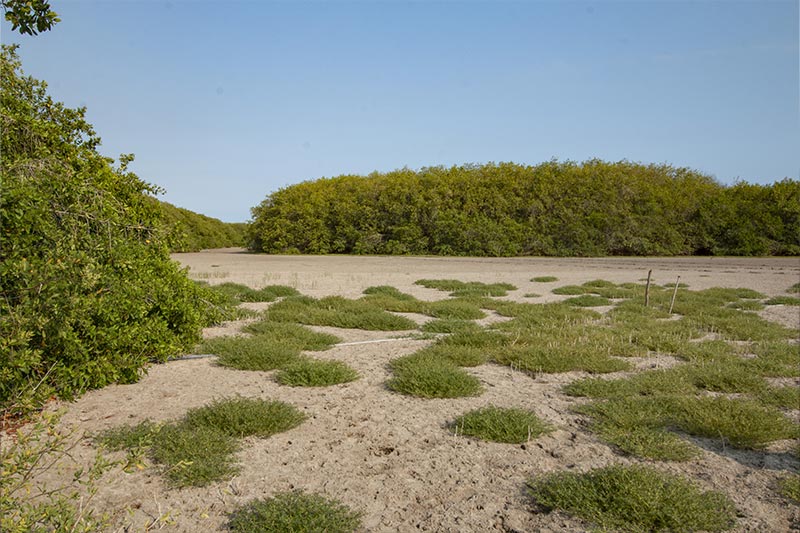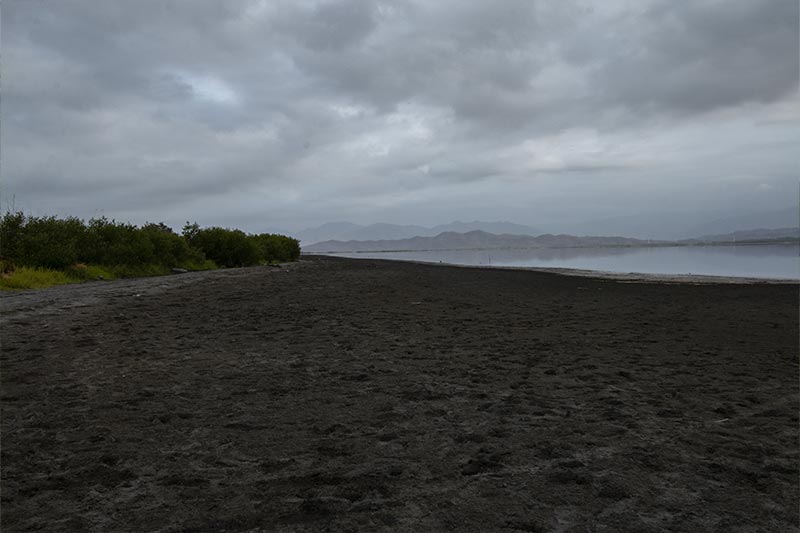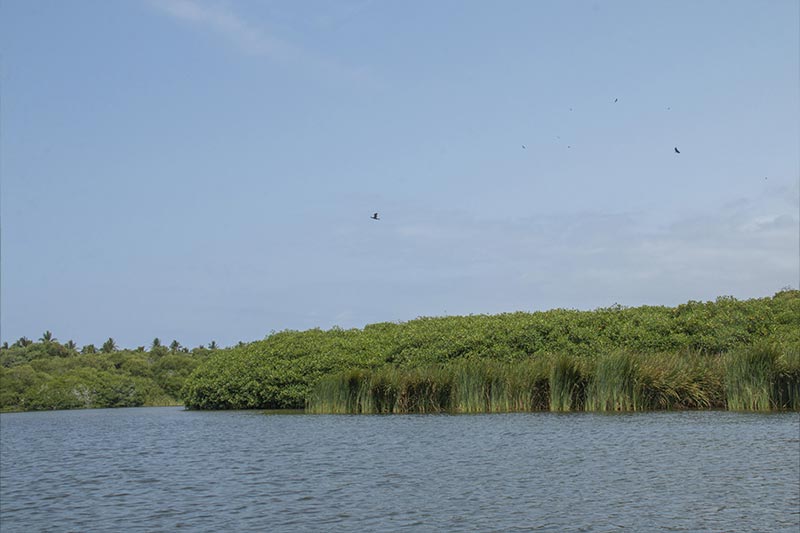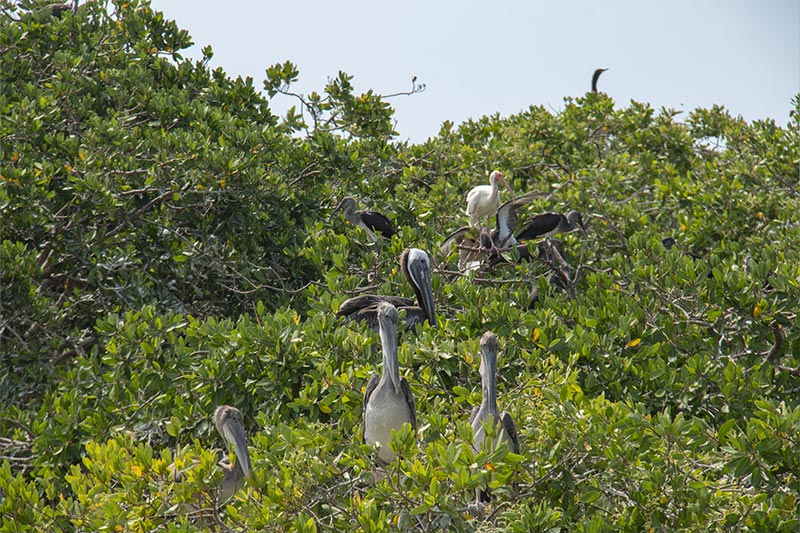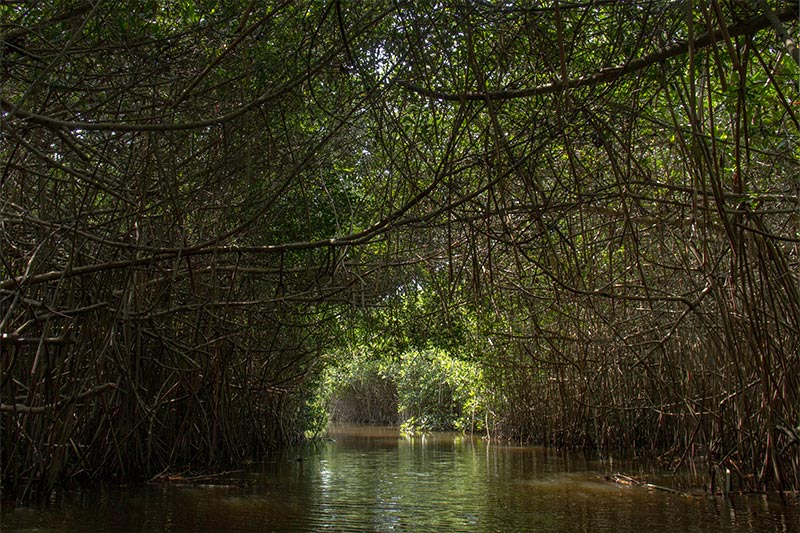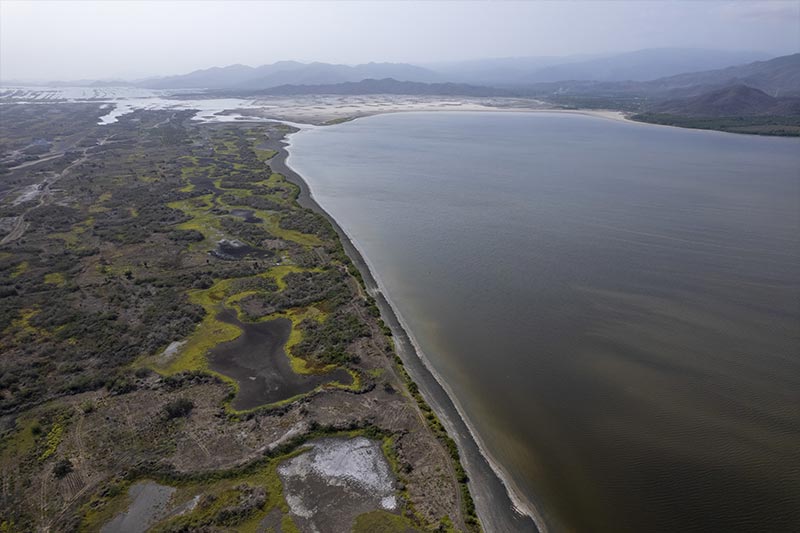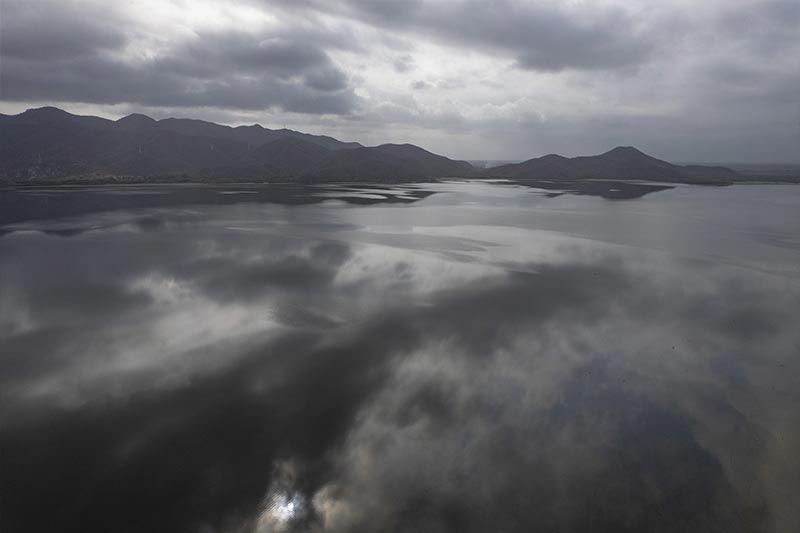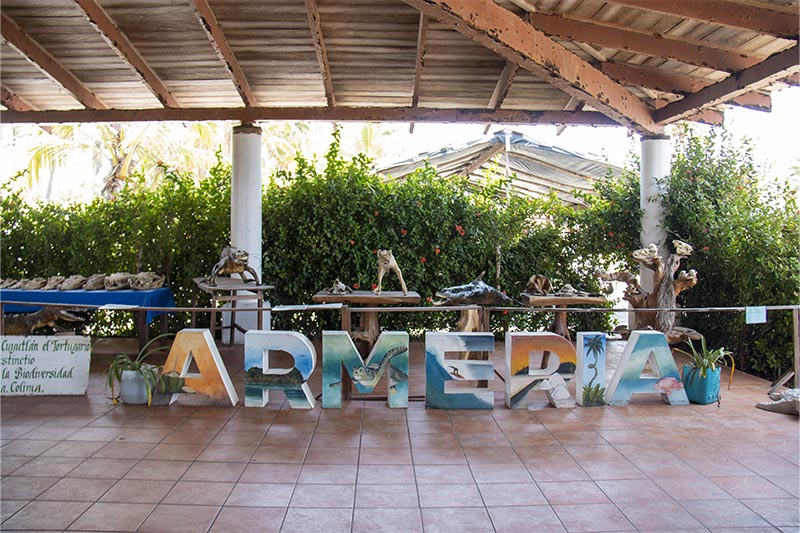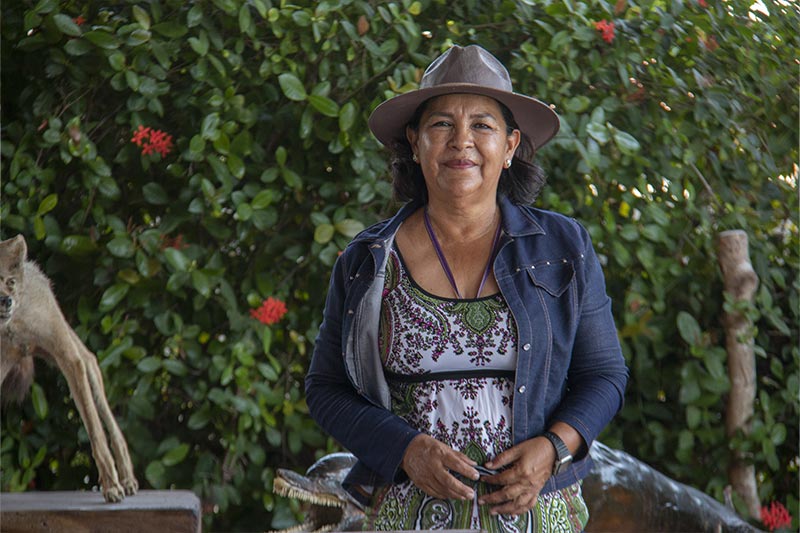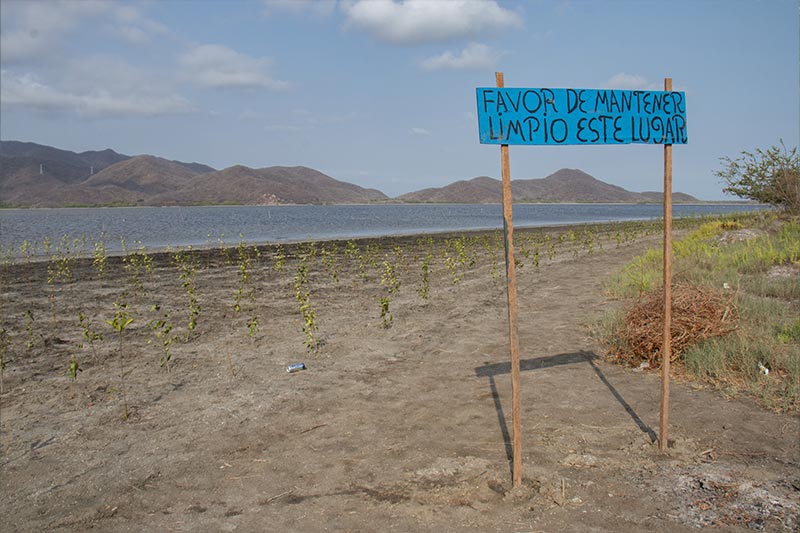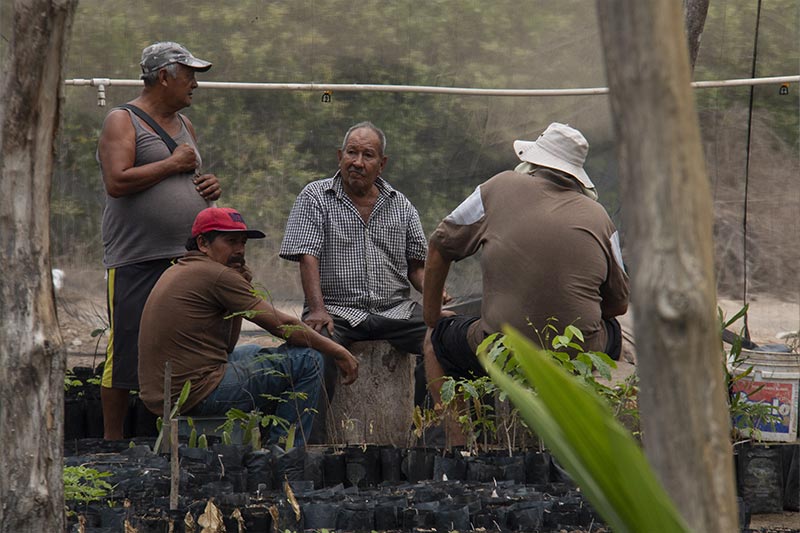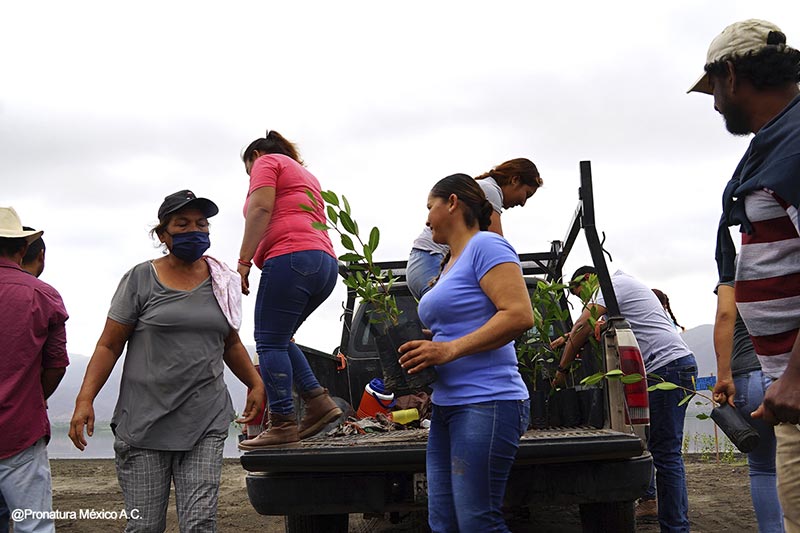Ecosistema
Ecosystem
Manglar y humedales.
Mangroves and wetlands

Flora
Vegetation
Mangle blanco, rojo y negro. Los tres tipos de mangle están enlistados como especies amenazadas y en riesgo de extinción por la norma ambiental mexicana.
White, red, and black mangroves. All three kinds of mangrove have been listed as threatened and endangered species by the Mexican environmental standard.
DONATIVO
DONATION
$2,521,270.63
a la orden de:
to the name of:
PRONATURA
Duración del proyecto: 3 años.
Project duration: 3 years
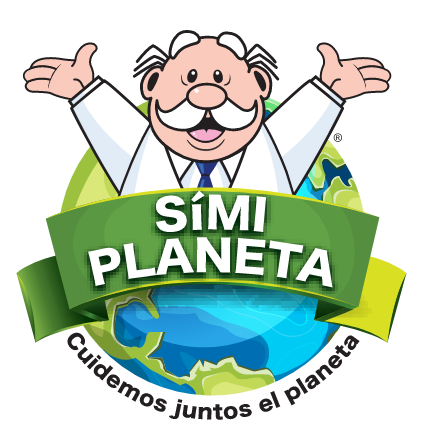
Causa
Cause
Los manglares de Colima forman parte del corredor biológico de la región del Pacífico; sin embargo, en los últimos 50 años se ha perdido el 50 % de ellos por actividades económicas o fenómenos meteorológicos como huracanes.
The mangroves of Colima are part of the biological corridor of the Pacific region. In the past 50 years, however, 50% of them have been lost due to economic activity or natural phenomena like hurricanes.
Nos sumamos a la Causa
We joined the cause
Nos sumamos a las acciones de reforestación y restauración del manglar, así como a la valorización de este mediante acciones de educación ambiental.
We joined mangrove reforestation and restoration activities, as well as environmental education efforts to value mangroves.
Área Natural Protegida
Protected Natural Area
La laguna de Cuyutlán es un sitio Ramsar, representa la mayor parte de los humedales de Colima. Es el segundo cuerpo de agua más importante en la región del Pacífico.
Laguna de Cuyutlán is a Ramsar site. It represents a major part of the wetlands in Colima. It is the second most important body of water in the Pacific region.
Su comunidad
Community
La laguna de Cuyutlán se extiende por los municipios de Armería, Tecomán y Manzanillo.
Laguna de Cuyutlán touches the Armería, Tecomán, and Manzanillo municipalities.
Datos curiosos
Fun facts
Los ecosistemas de manglar también son conocidos como ‘humedales’, bosques acuáticos o anfibios, porque se encuentran entre el mar y la tierra. Los mangles son distinguidos por sus raíces aéreas que, junto con las hojas, ayudan a aminorar el impacto de huracanes.
Mangrove ecosystems are also known as wetlands, aquatic or amphibian forests because they are found between land and sea. Mangroves are notable in their aerial roots which, together with their leaves, help ameliorate the impact of hurricanes.
